On Saturday, Tropical Storm Hone was making its way toward the southern region of Hawaii, with wind gusts and substantial rainfall that could lead to flooding and damage on the Big Island throughout the weekend. Additionally, this weather system increases the risk of wildfires in the drier areas of the islands.
The National Weather Service has issued a tropical storm warning for Hawaii County, encompassing the entire Big Island, along with a red flag warning for the leeward sides of all islands.
In Hawaiian, Hone translates to “sweet and soft,” and as of early Saturday, it had maximum sustained winds of 65 mph (105 kph). The National Hurricane Center in Miami suggests that it may strengthen into a Category 1 hurricane as it moves near or south of the Big Island from Saturday night into early Sunday.
The Hawaii Tourism Authority reassured travelers that visiting the islands remains safe but advised postponing outdoor activities. \”We are not advising visitors to cancel their trips,\” stated the agency in a news release.
As of early Saturday, Hone was located approximately 290 miles (465 kilometers) east-southeast of Hilo and about 500 miles (805 kilometers) east-southeast of Honolulu.
Eastern and southeastern areas of the Big Island could receive between 5 to 10 inches (11 to 25 centimeters) of rain, with sustained winds ranging from 20 to 40 mph (32 to 64 kph) and gusts potentially reaching up to 60 mph (97 kph).
Dry air north of the storm is expected to create arid conditions across the archipelago on Saturday. Coupled with strong winds, this raises concerns about wildfire risks. According to the U.S. Drought Monitor, much of the state is already experiencing abnormal dryness or drought conditions.
The weather service\’s red flag warning will be active from 10 a.m. to 6 p.m. on Saturday. This alert is issued when high temperatures, very low humidity levels, and stronger winds combine to elevate fire dangers. Winds are anticipated to be strongest in areas where they flow downslope from elevated terrain, over headlands, and through passes.
This situation echoes last year\’s catastrophic wildfires in Maui fueled by hurricane-force winds; however, Laura Farris, a meteorologist with the weather service in Honolulu, noted that Hone presents lower wildfire risks compared to last year.
The August 8 blaze that devastated Lahaina became the deadliest U.S. wildfire in over a century due partly to powerful winds generated by a passing hurricane that caused extensive destruction resulting in at least 102 fatalities. Contributing factors included dry vegetation and drought conditions exacerbating fire spread.
Hawaiian Electric Company and Kauai Island Utility Cooperative plan to monitor conditions closely throughout this weekend and stand ready to shut off power if necessary to prevent damaged power lines from igniting fires.
While an investigation continues regarding Lahaina\’s fire origin—suspected causes include downed electrical wires—the focus now shifts westward as Category 2 Hurricane Gilma moves behind Hone across the Pacific Ocean. However, Gilma is predicted to weaken as it encounters cooler waters and dry air over the coming days; forecasts indicate it may downgrade into a tropical depression by Wednesday. Although Gilma could bring rain to Hawaii, its impact remains uncertain according to Farris.
Catch up on the top stories and travel deals by subscribing to our newsletter!


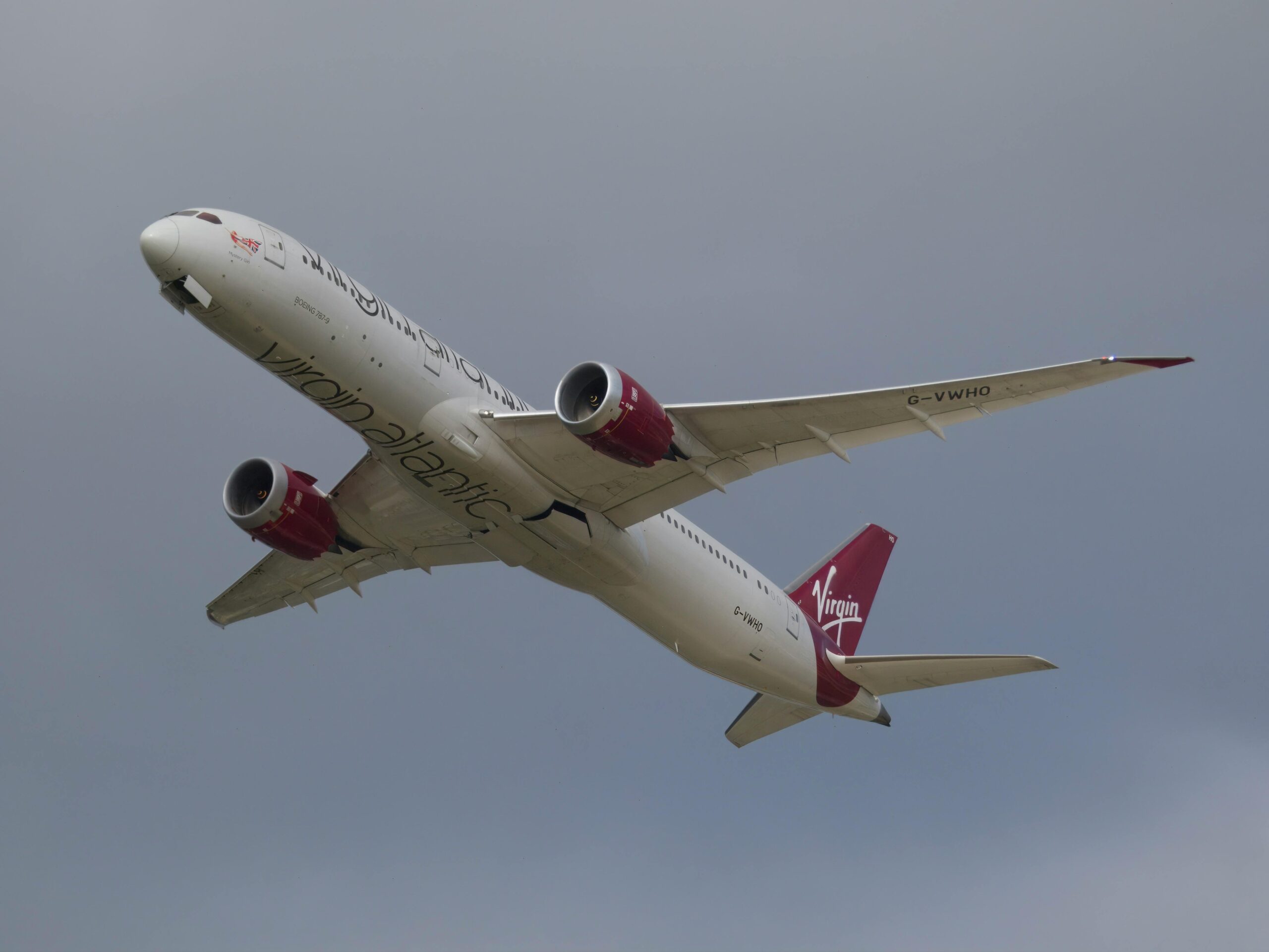

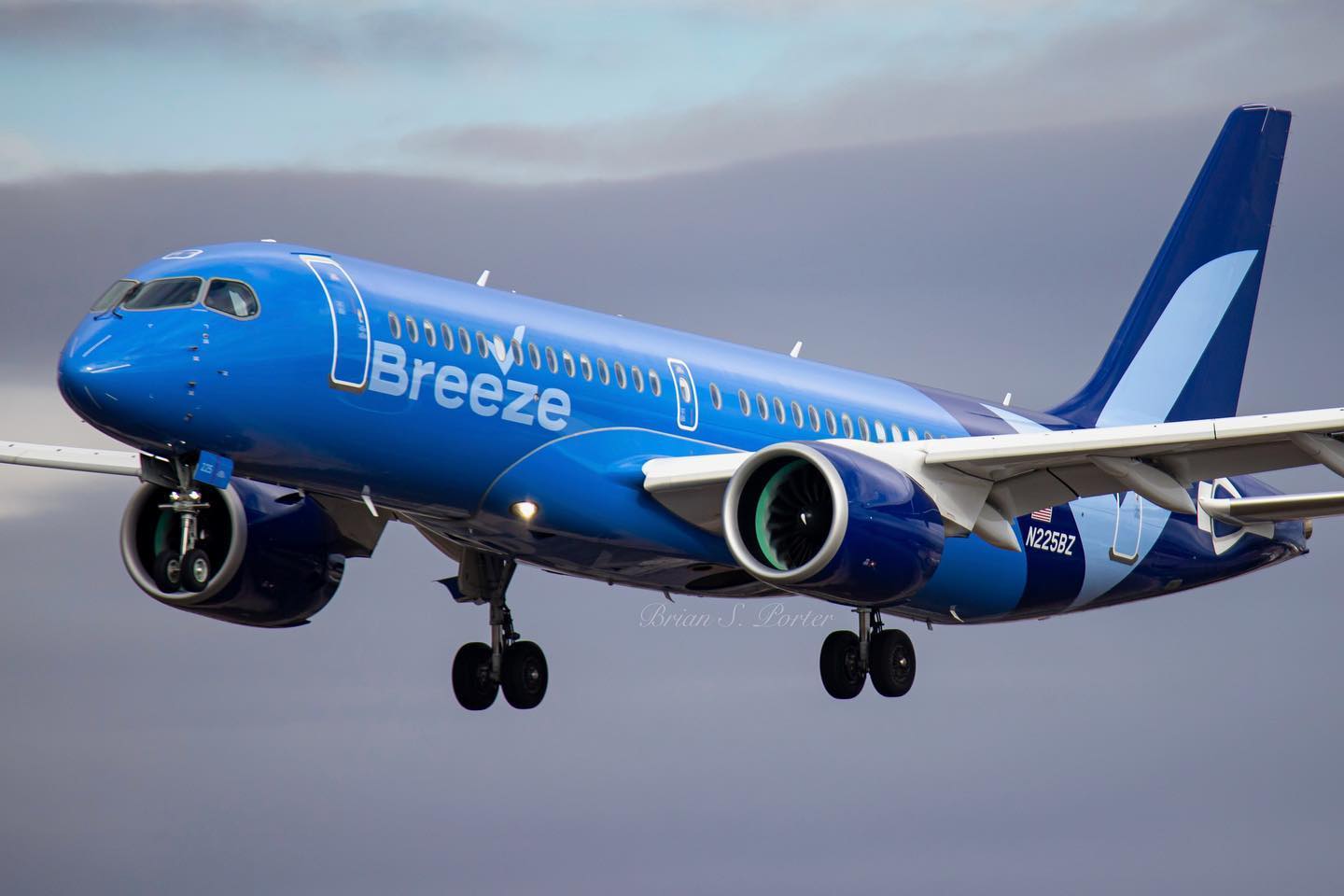
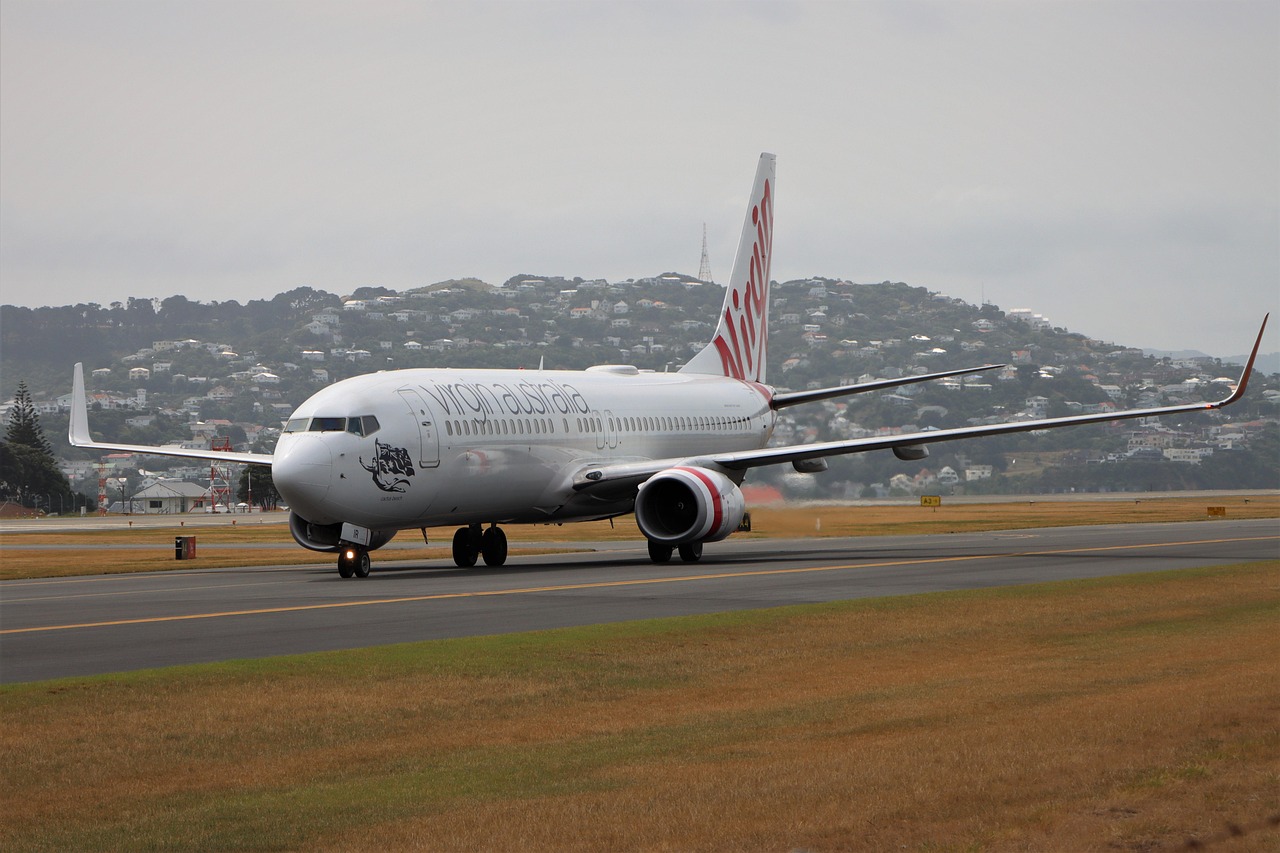
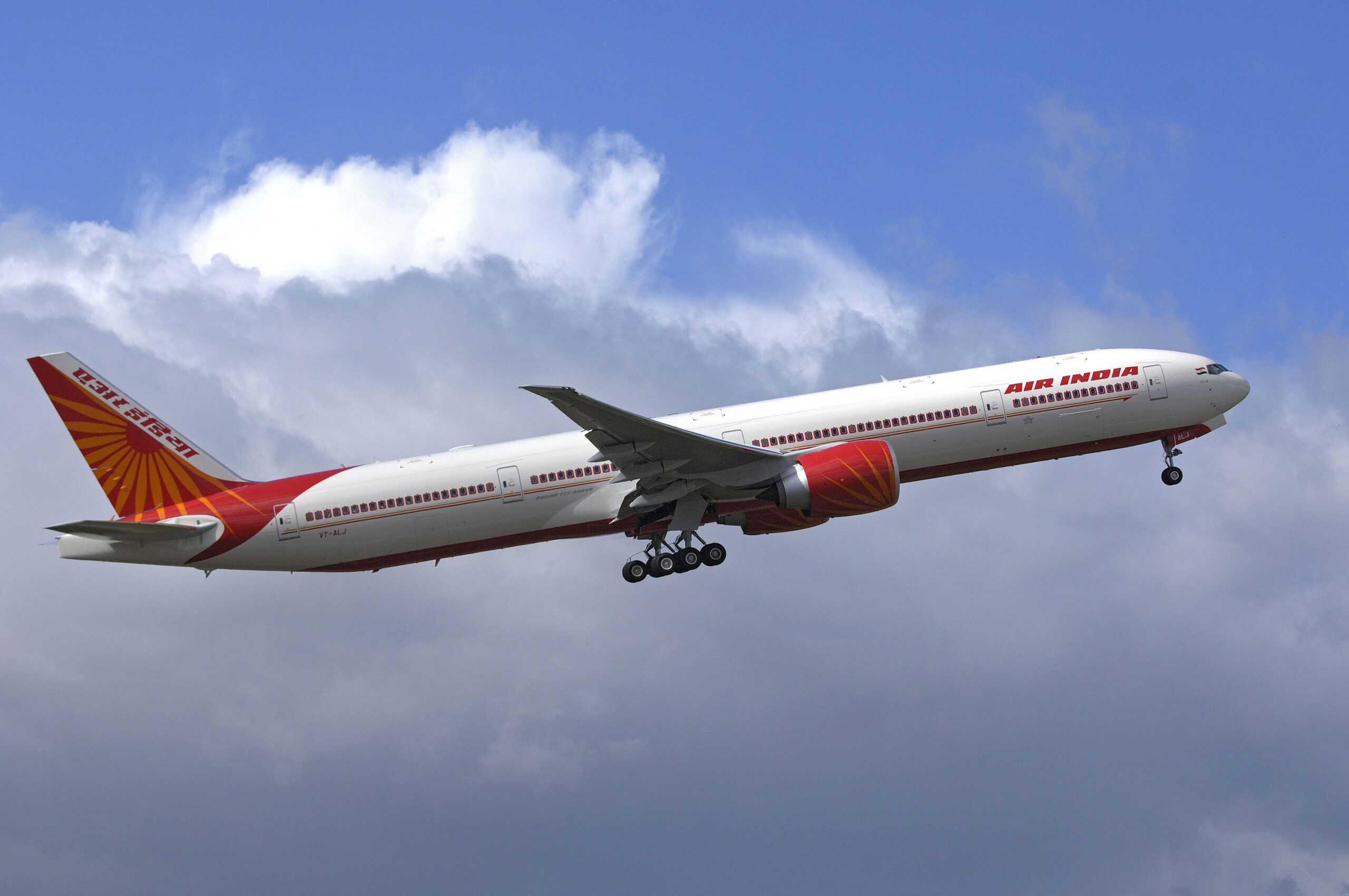
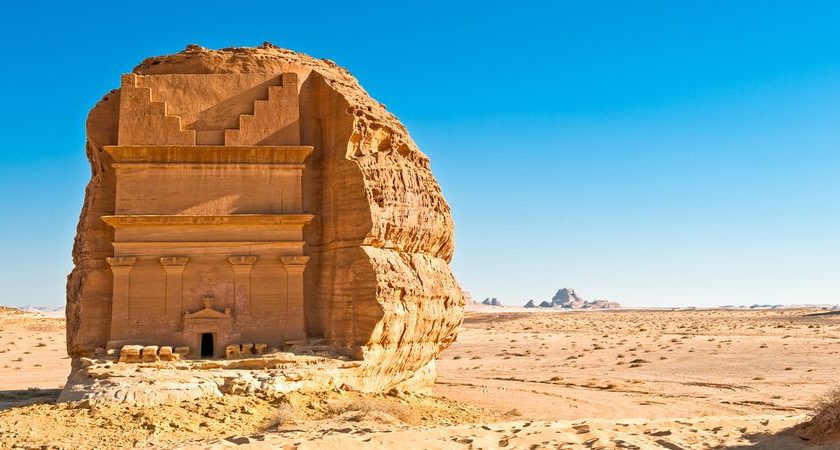

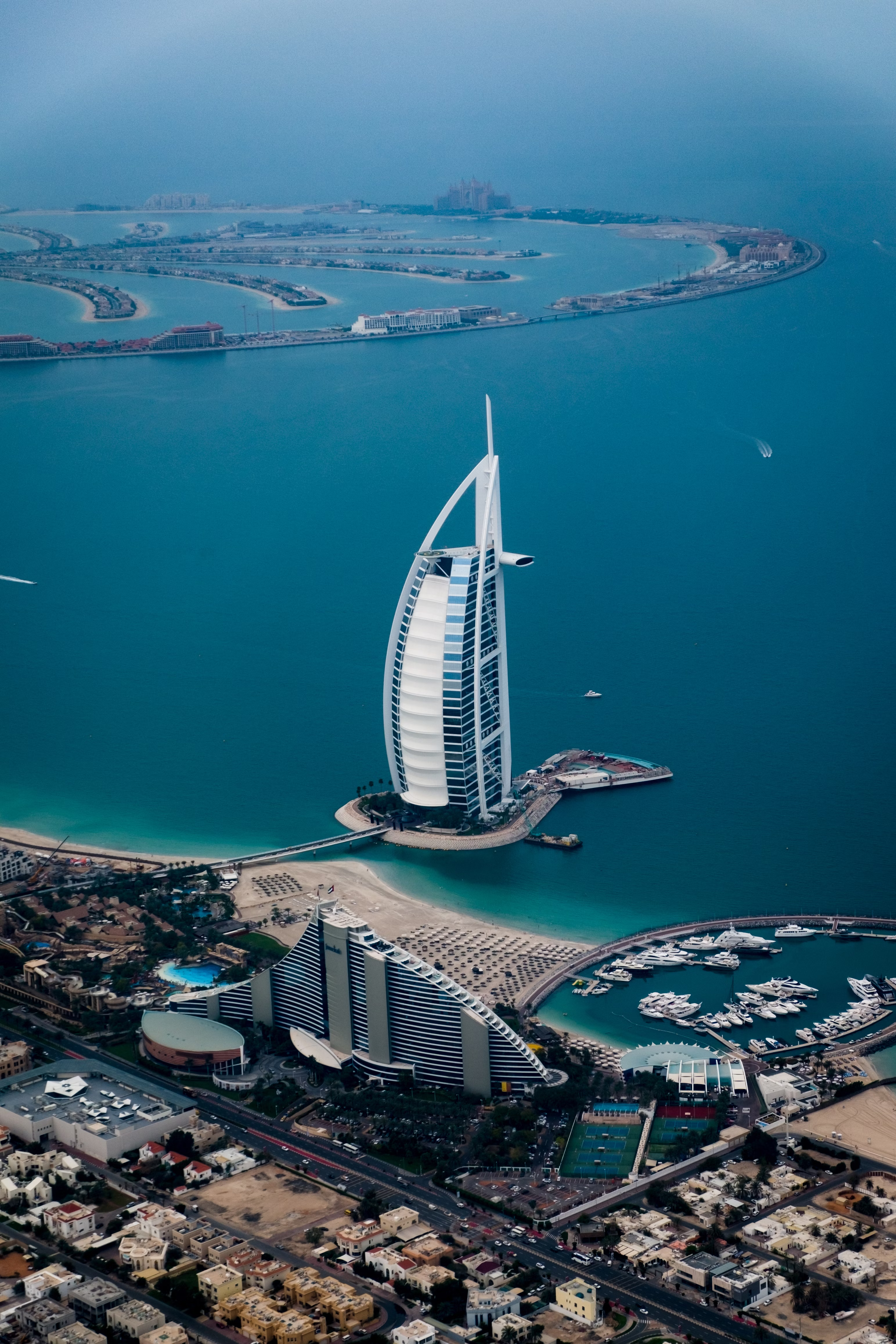

Leave a Reply